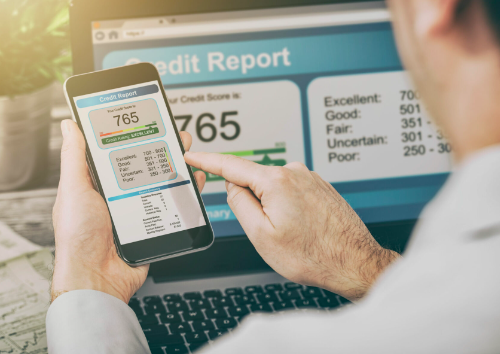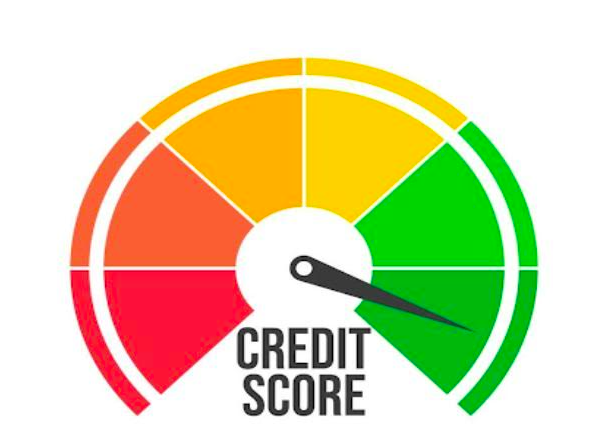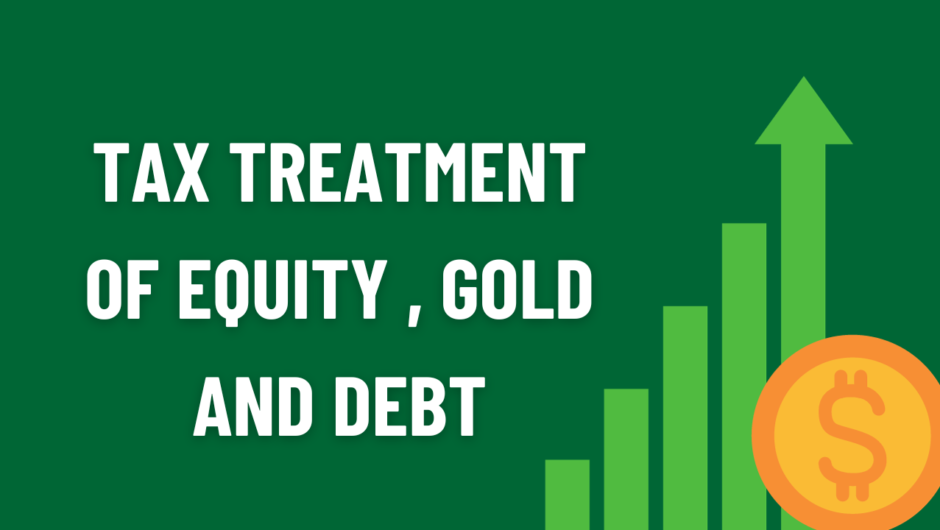A credit score is a numerical representation of your creditworthiness. Keeping a tab on your score is essential, and you can check it for free once a year from the official CIBIL website. You may also generate your credit report and score via a lender or financial marketplace.
Doing so can help you comprehend the factors contributing to a low credit score and take corrective measures. You can also raise a dispute if you notice discrepancies in your report.
However, you need to know how to read your report in order to do all this. Continue reading to know the contents of a credit report and what they imply.
What are the Contents of a Credit Report?
Here are essential details that you can find on your credit report when you run a free CIBIL score check on the TransUnion CIBIL portal or through other financial websites or apps.
Credit Score
You can find your CIBIL score in the first section of your credit report. This score is calculated using the data in the ‘Account Information’ and ‘Enquiry Information’ sections. This score lies within a range of 300 to 900, and a score above 750 is considered excellent.
A high credit score demonstrates that you are a responsible borrower and enhances your chances of getting approval on a loan or a credit card.
Credit Accounts
The most important part of the credit report is the ‘Account Information’ section. It has comprehensive information about your credit cards and loans. This section also includes the:
- Lender’s name
- Type of credit facility
- Ownership type
- Account number
- Account opening date
- Outstanding balance
- Defaults, if any
- Late payments, if any
Personal and Contact Information
This section contains all your personal details, including your contact information, such as:
- Your name
- Gender
- Date of birth
- Contact number
- Email address
- Other personal details
Your Aadhaar number, PAN details, Passport number, Voter ID, and other essential data are also listed in this section.
Income and Employment
This section of your credit report contains details about your employment status and income based on when you first opened your credit account. Your lender reports this information since it helps them assess your financial situation and your ability to repay dues. This may or may not be up to date based on your most recent credit history.
Public Records
In this section of your credit report, you will find public details related to financial matters. These include tax liens, legal judgements or bankruptcies. These records are vital since they allow lenders to assess your financial standing.
However, note that this section does not include records that are not related to financial matters.
Recent Enquiries
In the last section of your credit report, you will find a list of all entities that have recently accessed your credit report. There are two types of credit report inquiries: hard inquiries and soft inquiries.
When you apply for a loan or credit card, the lender reviews your credit report. This is known as a hard inquiry. On the other hand, when you check your report, it is called a soft inquiry. While the former can cause a slight dip in your CIBIL score, the latter does not have any impact on your score.
Red Box
You may also find a red box in the ‘Account Details’ section of your credit report. This red box appears when there are disputes linked to your account.
It includes the text indicating the fields that are subject to dispute. The red box is removed once the dispute is resolved.
What Do the Different Remarks in My Credit Report Imply?
Here is a brief overview of various remarks that you may come across in your credit report:
Settled
When you have paid only a part of your loan or credit card dues, your credit report will have a ‘Settled’ remark. This remark on your credit report can have a negative impact on your credit score.
It can also reduce your chances of getting credit approvals in the future. Repaying your entire loan or obligation in full can help you remove this remark.
Closed
The ‘Closed’ status on your credit report signifies that you have completely repaid your loan, and the financial institution has recorded the account as closed.
Remember to obtain a No Dues Certificate (NDC) from the lender after you close the loan. This is because it serves as proof of your repayment and loan closure.
Written-off
If you default on your loan or credit card dues for a period exceeding 180 days, the lender writes the amount off. Subsequently, this gets reported in your credit report as ‘Written-off’.
This can also have a negative impact on your credit report and hinder your chances of getting future credit approvals.
Wilful Default
A wilful defaulter is someone who deliberately avoids repaying a loan or credit card dues despite having adequate finances. This status is separately noted on your credit report and has detrimental effects on your credit score.
It indicates a lack of intent to repay the debt and results in strict consequences.
Post Write-off Settled
You get a ‘Post Write-off Settled’ remark on your credit report after you settle a debt after it has been written off from your credit history. This typically happens after 180 days of non-payment.
Even if you make a partial repayment after this period, this status will not change. This remark negatively impacts your credit score, making it difficult to secure credit in the future.
How to Check Your Credit Report and Score?
Here are the steps you need to follow to run a free CIBIL score check.
Step 1: Visit the official website of TransUnion CIBIL at https://www.cibil.com/
Step 2: Click on the ‘GET FREE CIBIL SCORE & REPORT’
Step 3: Provide the necessary details, such as your name, residential address, email address, mobile number, ID type, and date of birth
Step 4: Click on ‘ACCEPT & CONTINUE’
Step 5: Once you verify your identity with an OTP and attach the required documents, you can get your credit report and your CIBIL Score on your registered email address
How to Dispute Errors and Discrepancies in the TransUnion CIBIL Report?
If you are wondering how to raise a dispute in CIBIL, the answer is simple. Whenever you notice any mistakes in your CIBIL report, simply follow these steps:
- Step 1: Visit the official website of TransUnion CIBIL
- Step 2: Log in to the website using your credentials
- Step 3: Navigate to the ‘Credit Report’ option
- Step 4: Click on ‘Raise Dispute’ and complete the form
- Step 5: Select the relevant section for which you want to raise the dispute
- Step 6: Check the details again and submit the form
You may also choose to dispute the errors and discrepancies offline. To go about this, you can contact the credit bureau and talk to a representative.
As mentioned, understanding your credit report and CIBIL score is imperative for boosting and maintaining your financial well-being. Lenders and credit card companies check your CIBIL score before approving your application.
A poor credit score can lead to loan rejection or approval at higher interest rates, which increases borrowing costs and can strain your finances. So, it is essential to run a free CIBIL score check regularly and take prompt measures whenever needed.

Hey, this is Johny Sehgal. I am the owner and caretaker at Finance Jungle. I completed my education in BSC and now heading towards the digital marketing industry. I usually have interests in reading, playing games and watching movies. I also love to write content based on quality information. The main motive of mine is to provide the top and best quality information to my readers. Finance Jungle is the blog for the same.












